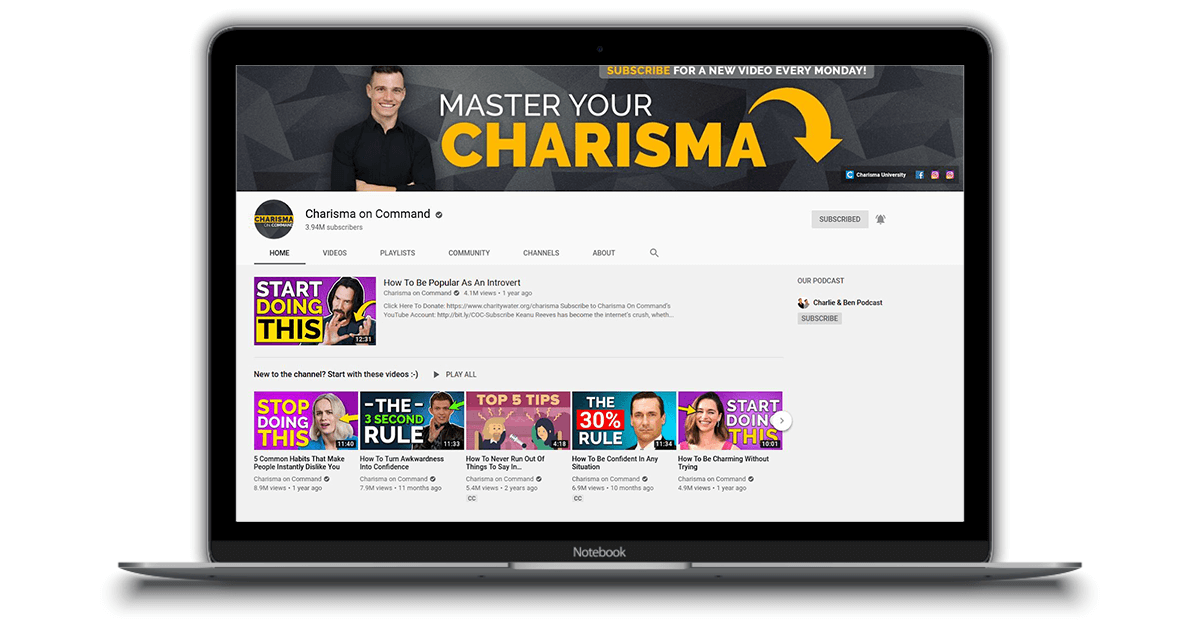How Ed-tech Companies Can Ace at Student Retention

Reading Time: 6 minutes
|
With more people online and more Ed-tech companies offering a wide diversity of online courses, we also begin to see a shift in the old learning paradigm. While we still send children to school for most of their youth, they now know there is an alternative to traditional lessons and teaching.
Also, children and teenagers are more aware now than ever that learning never stops. You don’t get your high school or college diploma and go to work immediately afterward. Especially in today’s dynamic world, the ability to adapt and learn new skills throughout the course of your life is paramount.
| Bonus Content
👉 Adda247 Uplifts Conversion Rate by 35% Using MoEngage DPM |
This is why Ed-tech companies are striving – they found a way to provide affordable access to education to anyone regardless of age and location. According to a 2017 report by KPMG and Google, online education is the primary source of learning for people between the ages of 21 to 50+. And the numbers have definitely increased with the 2020 pandemic.
However, with so many online learning platforms and amazing offers, it can be difficult for students to decide on just one ed-tech company. Also, ed-tech companies see a decrease in student engagement and lower rates of retention.
While all successful online learning platforms understand the importance of mobile optimization and good SEO tactics, there are other things they can do to increase student retention. So, let’s take a page from the big book of marketing for commercial brands and see which techniques can be applied to ed-tech companies.
Always look for new audiences
An online education platform can be dynamic, offering classes and lessons for a wide range of people. However, it’s best to have a specific structure, so people can understand how each course can be helpful in their particular situation.
For instance, a bundle of Java courses online can be promoted to three types of people:
- Young professionals looking to stay up to date with the latest in programming
- Teenagers and young adults who want to brush up their skills for various projects or for entering the work field
- People over 40 or 50 who have to put themselves on a new professional path
As such, in the first situation, if the student is impressed and sees real results, he or she may share the information with their manager at work. If things are indeed promising, the platform stands to gain more students from within the company and some of them may be interested in other courses as well.
The same can happen in the second and third scenarios. The quality of the content gets the word of mouth going and attracts more of the same people. So, to increase the number of potential students, it’s recommended to promote your services to people from all walks of life.
Share new and engaging content
Any marketer will tell you that good SEO practices require new content that engages people’s attention. However, depending on the type of educational content your platform promotes and the audience it targets, new education content may not always be available (if you care about quality).
Platforms like Udemy or Coursera solved this issue by opening their site to both students and teachers. This way, they always have fresh educational content on a wide range of topics.

Another way to provide fresh content for your audience is to use social media or blogging. These channels are highly effective when it comes to attracting people’s attention (if used well). It also helps to search and find online groups where people discuss education-related topics (sites like Reddit, Quorra, or LinkedIn can be quite useful).
Use marketing automation techniques
In today’s fast-paced world, businesses use automation techniques to keep track of their customers and leads, to make sure they don’t get lost through the cracks.
Automation software is used to identify users in different stages and treat them accordingly. For instance, someone who just submitted to a platform’s newsletter system will receive a welcome email, with a few offers or other materials designed to attract beginner users into becoming customers.
The same software will know to send an automated offer to people who expressed an interest in a specific product if there’s a discount or another change in said product’s status.
Following the same pattern, automation software can be used by ed-tech companies to identify idle students who are about to give up on their studies or even leave the platform. These students can then be incentivized using various marketing techniques such as discount coupons, notifications, or even rewards with other courses.
The best example that comes to mind is the Duolingo platform. They use a system of push notifications that keep users in touch with their progress, but also employ gamification techniques by awarding points for users who use their platform daily.
A diverse offer and affordable prices
Diversity is important for both content and types of available resources. As such, if you don’t have the possibility to provide your viewers with diverse topics, it helps to offer them the right type of resources.
Did you know that 87% of marketing professionals use video as a marketing tool? They do this because users prefer watching a video instead of reading an article. According to this data, content that is in video format is easier to browse and learn than written content. Furthermore, people love graphics, diagrams, and infographics – anything that engages their visual sensors.
Another way to retain more students is to make the content affordable to the target audience. Many platforms offer monthly or yearly subscriptions for access to their courses, but there are also platforms that charge per course or bundle of courses. When establishing the price, it’s important to analyze the market and take a close look at the competition as well.
Use adjacent promotion channels
Many businesses start YouTube channels or collaborate with influencers in the niche in order to reach a more diverse audience.
A great example that comes to mind is the Charisma on Command platform (or Charisma University). The founders offer an online course on how to be more charismatic and improve communication with other people and it’s something that proves to be quite in demand.

While they do have other promotion channels, they also have a very popular YouTube channel. Here, they offer free advice to those who don’t want to take the course but are interested in the topic.
As a result, their platform is always in the attention of potential customers. And, since they deliver valuable tips, many viewers get interested in taking the step to becoming paying customers.
Encourage reviews
Don’t be afraid to receive feedback from your customers! Always ask them for a review using third-party platforms such as Google or Facebook. Users tend to trust these platforms more because they know reviews and comments can’t be edited.
The younger generations are avid consumers of online reviews and they like to do their research before investing any money. Of course, good reviews will also uplift your site’s position in search engines and will make it more visible.
Conclusion
There is no one sure way to bring more people to your site, but ed-tech companies have a powerful advantage in front of regular businesses. People today want to learn and develop hobbies! They are also interested in new technologies and find online classes a fun way to spend their time.
In addition, online education is sought by people of all ages, genders, and walks of life, so the audience is extremely diverse. You just need to know how to tap into it using the techniques we discussed.
What’s next?
|













